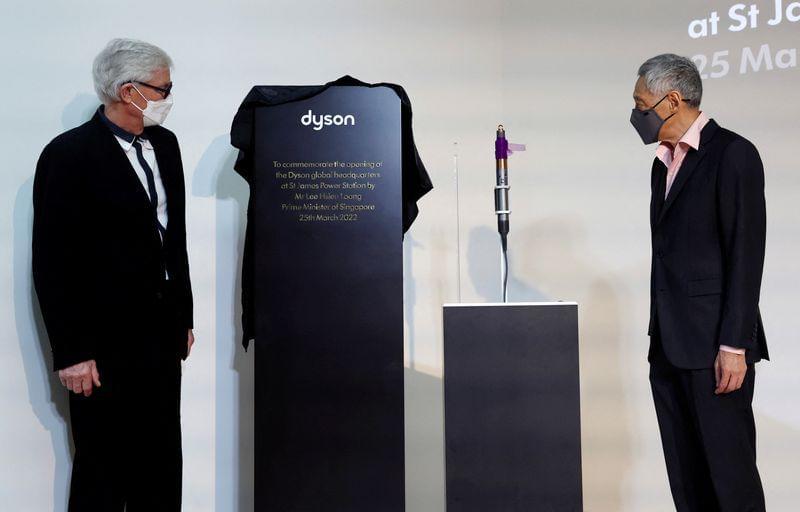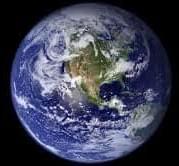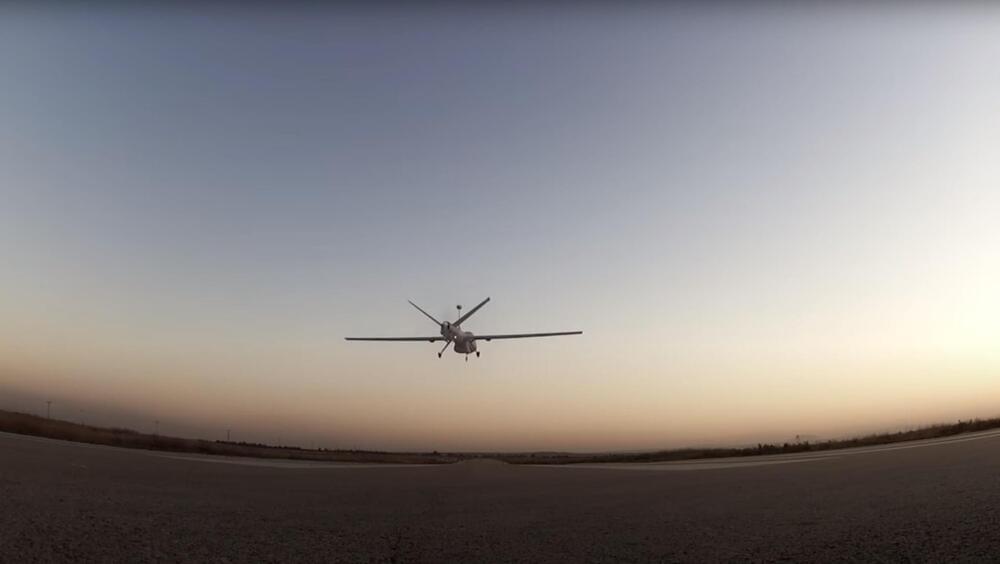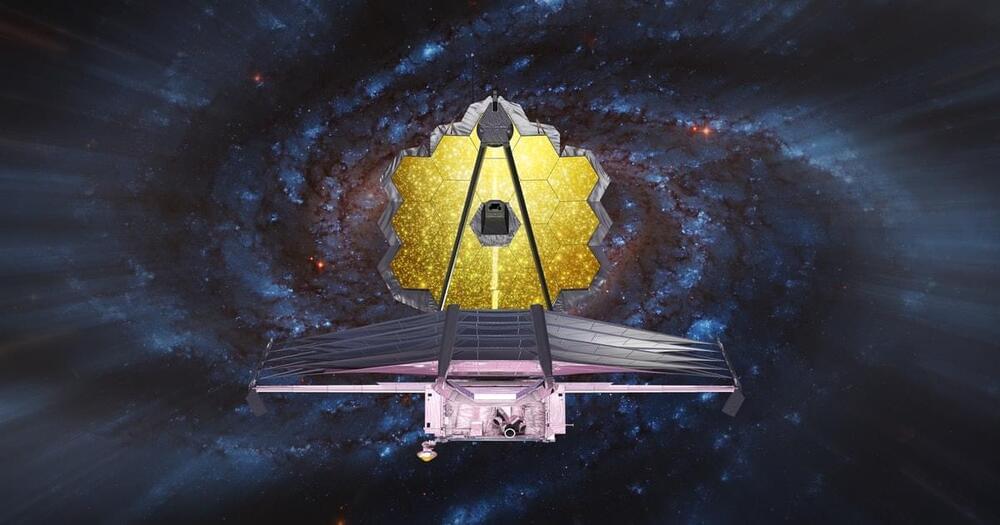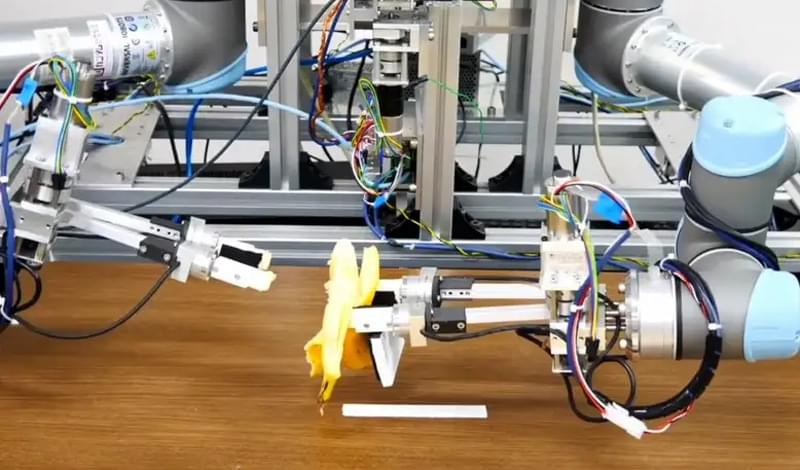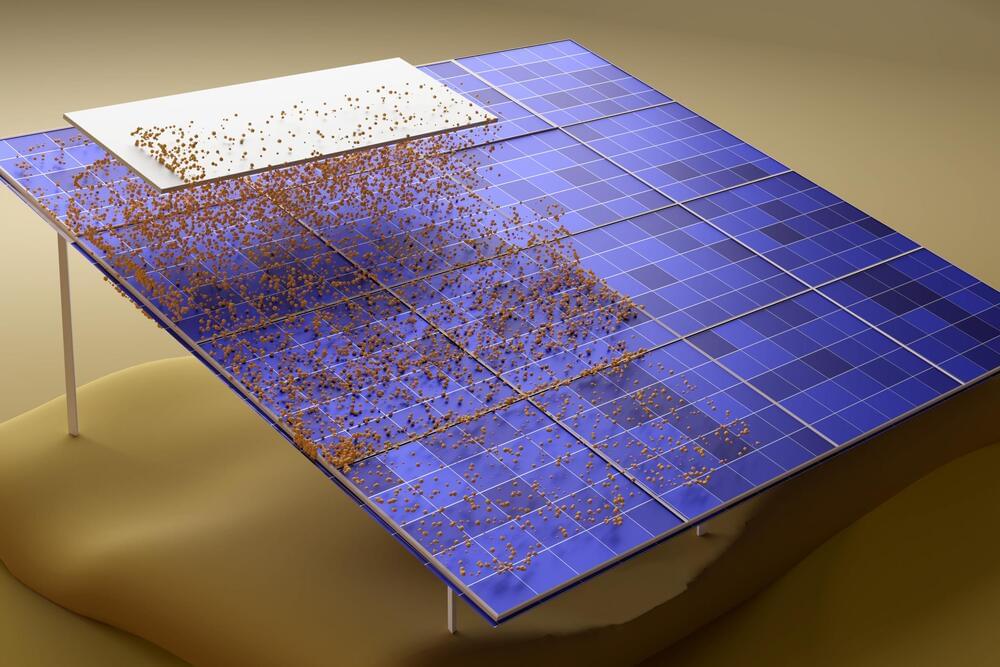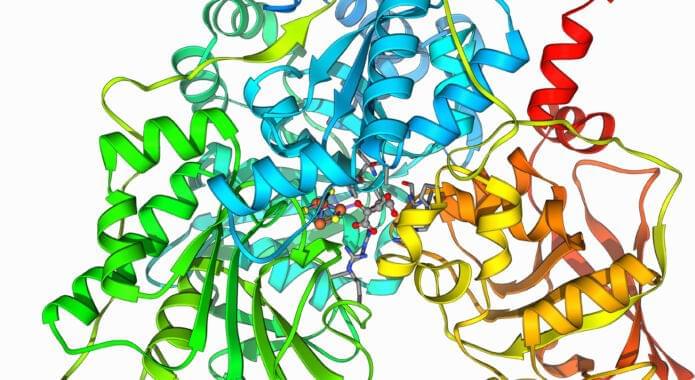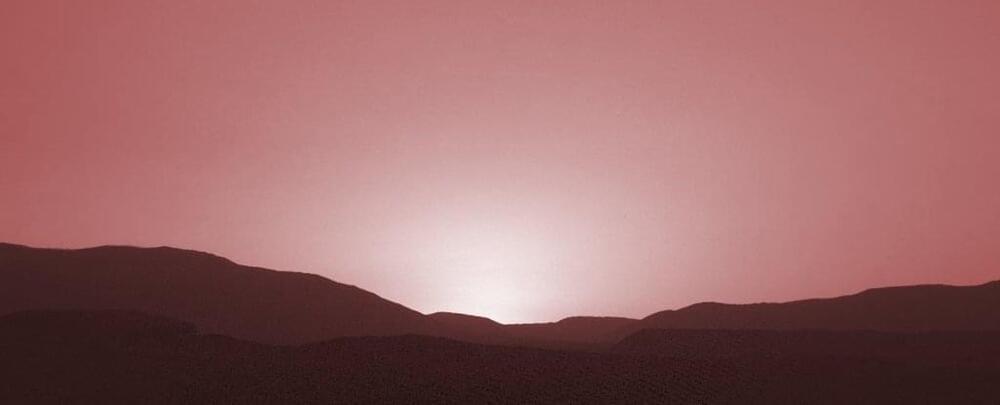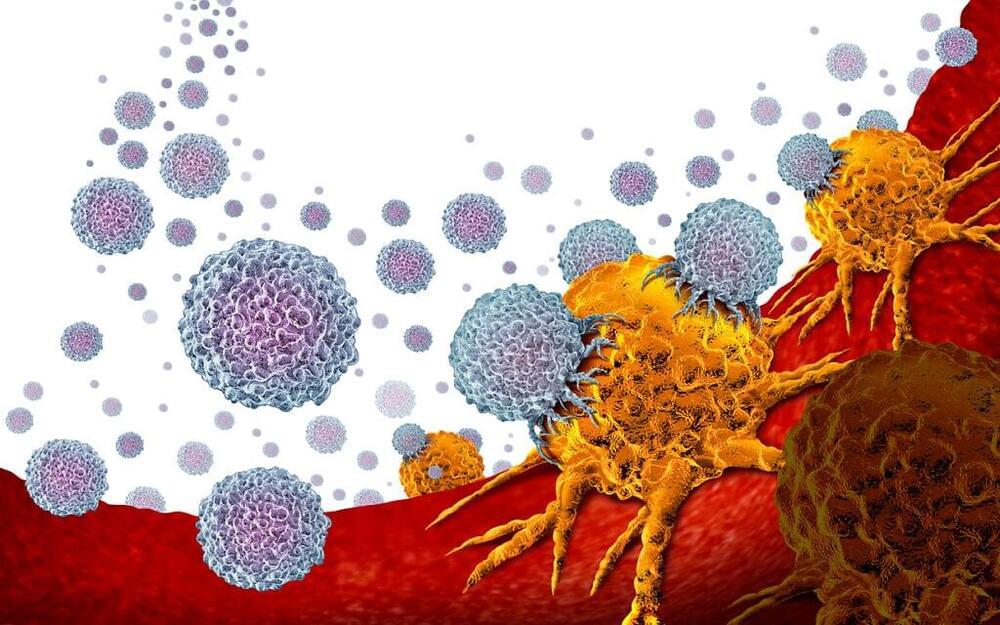SINGAPORE (Reuters) — Dyson, the inventor of the bagless vacuum cleaner, said on Friday it would invest S$1.5 billion ($1.1 billion) in Singapore over the next four years, the newest phase of a S$4.9 billion global investment plan.
When Dyson announced the global investment plan in 2020, it said the money would be divided between the company’s global head office in Singapore, its two campuses in Wiltshire, southern England, and the Philippines.
On Friday, it launched its new global headquarters in a restored power station in the Southeast Asian city-state, where it plans to hire more than 250 additional engineers and scientists.
